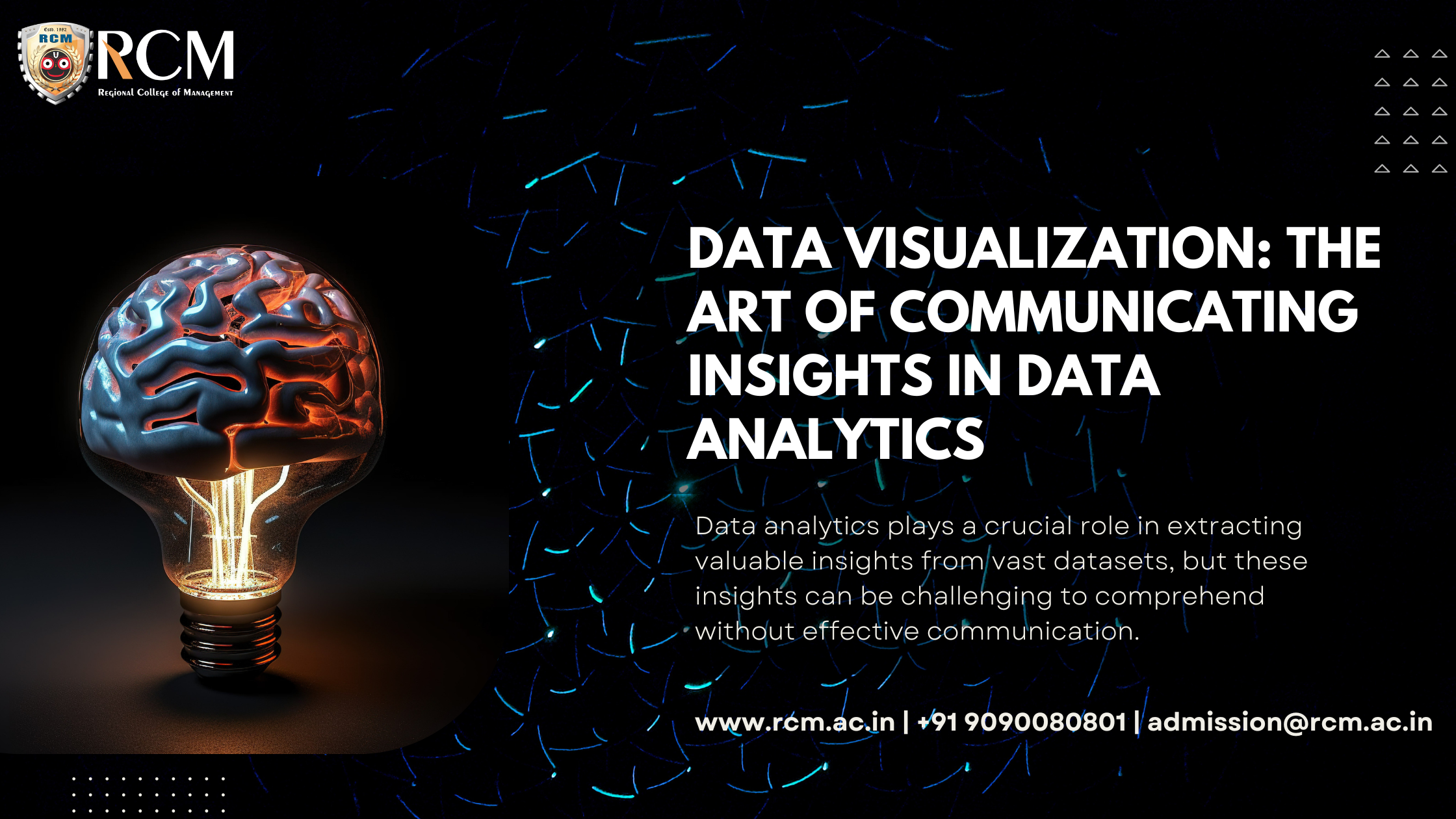Data analytics plays a crucial role in extracting valuable insights from vast datasets, but these insights can be challenging to comprehend without effective communication.
Data visualization, the art of presenting data in visual formats like charts, graphs, and infographics, bridges this gap by transforming complex information into easily understandable visuals. In this blog, we explore the significance of data visualization in data analytics and how it empowers businesses and individuals to make informed decisions.
The Power of Visual Communication
Visuals have a profound impact on human cognition, allowing us to process and interpret information more efficiently than raw data. Data visualization leverages this natural inclination, enabling analysts and decision-makers to grasp complex patterns, trends, and relationships hidden within data quickly.
Simplifying Complexity
Large datasets can be overwhelming, making it challenging to discern meaningful insights. Data visualization simplifies complexity by transforming numerical values into clear and concise visual representations, enabling viewers to grasp essential information at a glance.
Enhancing Decision-Making
Data visualization empowers decision-makers to see the bigger picture and identify key areas that require attention. Interactive visualizations allow users to drill down into specific data points, facilitating data exploration and aiding in making data-driven decisions.
Telling Compelling Stories
Data visualization transforms data into compelling narratives, allowing analysts to communicate their findings in a more engaging and persuasive manner. Storytelling through visuals connects with audiences, making data-driven presentations more impactful and memorable.
Understanding Customer Behavior
In marketing and customer analytics, data visualization plays a vital role in understanding customer behavior, preferences, and buying patterns. Visualizations like heat maps, customer journey maps, and funnel charts provide valuable insights to optimize marketing strategies.
Identifying Trends and Anomalies
To begin with, line charts, bar graphs, and scatter plots are effective tools for identifying trends and anomalies in data. By visualizing time-series data, analysts can detect patterns, seasonal variations, and unexpected spikes. As a result, this leads to more accurate forecasting and proactive decision-making.
Collaboration and Data Sharing
Moreover, data visualization facilitates collaboration among teams by offering a common language for data interpretation. This means visualizations make it easier for different stakeholders to work together, align strategies, and share insights. Consequently, it fosters a data-driven culture within organizations.
Real-Time Data Insights
In addition, interactive dashboards and real-time visualizations enable analysts to monitor data as it updates. Thanks to these tools, users receive timely insights and alerts. Therefore, businesses can respond swiftly to changes, staying agile in dynamic market conditions.
Cross-Platform Accessibility
Modern data visualization tools offer cross-platform compatibility, enabling users to access insights on various devices. Whether on desktop, mobile, or tablet, data visualizations provide seamless accessibility, allowing decision-makers to stay informed on the go.
Conclusion
Undoubtedly, data visualization is a powerful ally in the realm of data analytics, as it transforms raw data into meaningful and actionable insights. By effectively simplifying complexity, while also enhancing decision-making and telling compelling stories, data visualization empowers businesses to gain a competitive edge in their respective industries.
As a result, data-driven decision-making is becoming increasingly essential. Consequently, mastering the art of data visualization emerges as a key differentiator for both businesses and individuals. Ultimately, it propels them toward greater success in today’s rapidly evolving data-driven era.




























